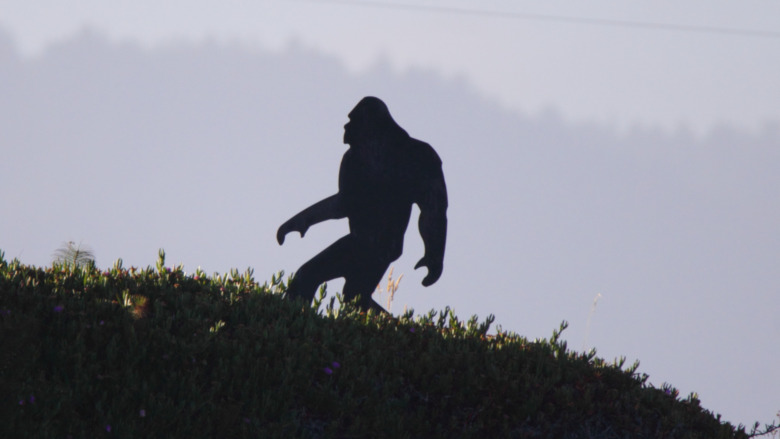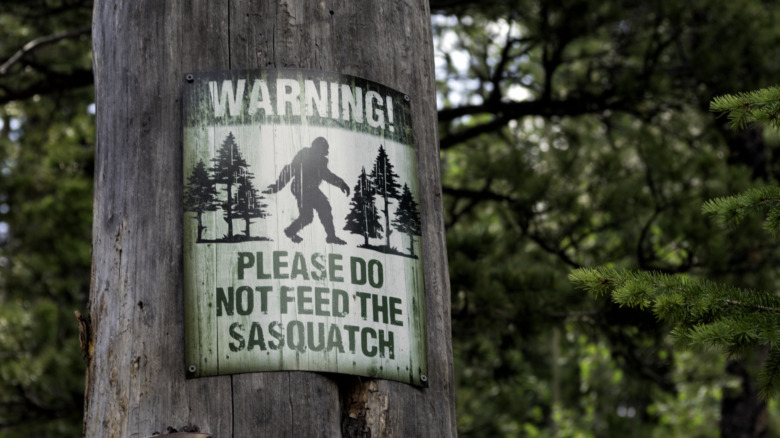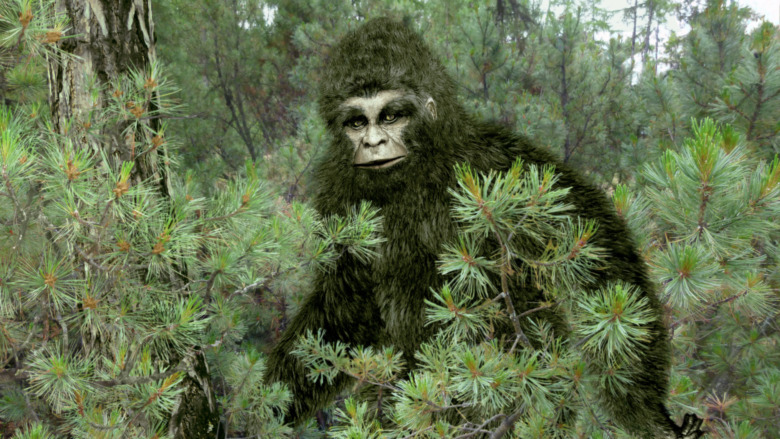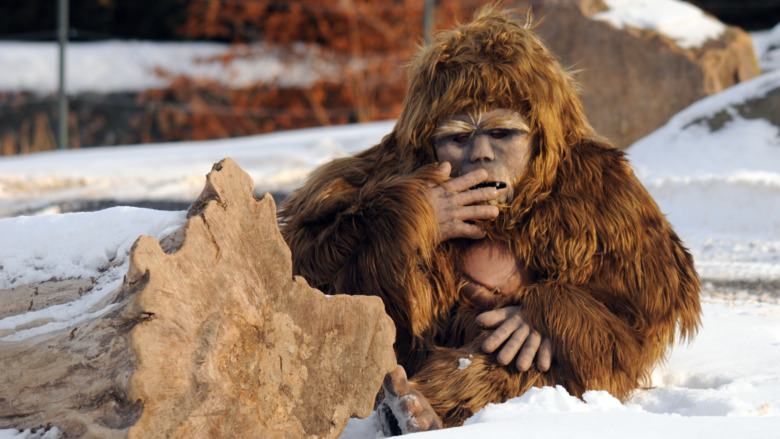Hulu Doc Explores Sasquatch's Murderous Side
Sasquatch, or "Bigfoot" as he is more colloquially known, has been a figure in the North American public consciousness for decades. The legendary cryptid has fascinated amateur and real zoologists, attracting a healthy mix of skepticism, sincere scientific study, and more than a fair share of wishful thinking.
One thing the beast has not been generally associated with, however, is murder. Though those who believe in the legendary primate are generally quick to advise extreme caution in his presence, as one would with all wild animals, Sasquatch is not necessarily known to kill haphazardly.
However, in 1993, according to The New York Post, three cannabis farmers supposedly disappeared under suspicious circumstances in an area where Sasquatch was suspected to roam. And on Tuesday, April 20, Hulu will air a three-part documentary series, titled "Sasquatch," that purports to explore whether the cryptid had anything to do with those mysterious and mostly unknown deaths.
Sasquatch supposedly haunts an area known for pot growing
Northern California's so-called "Emerald Triangle" is known for three things: lawlessness, Sasquatch, and magnificent sticky icky. And on some unspecified date in or around 1993, those three things supposedly converged in a gruesome way.
At the time, marijuana was illegal in the Golden State. Nevertheless, the part of NoCal where Sasquatch is suspected (by some believers, anyway) to roam was also the site of multiple illicit pot farms. Further, Bigfoot himself supposedly has a taste for kind bud, according to Sasquatch hunter Jerry Hein, via The New York Post.
"There's been rumors up there about 10-foot-tall pot plants — the buds on top are all snapped off. Well, it's Bigfoot. They eat 'em like corn. Plus, they get a nice, little buzz off it," he said.
Lured by the promise of good-paying (though illegal) agricultural jobs, Mexican immigrants fled to the Triangle at the time, according to Fast Company. However, rumor has it that three of those workers met their end in the Triangle, at the hands of its most famous resident.
Sasquatch allegedly tore three farmers limb from limb
Director Joshua Rofé was looking for a story, according to Fast Company, when he had a conversation with journalist David Holthouse, who himself collected firsthand accounts of people who supposedly crossed paths with Sasquatch. And Holthouse had a doozy of a story.
Supposedly, one night Holthouse overheard terrified workers in the region saying they had come across three bodies, and they'd been torn limb from limb. It bears noting that Holthouse's story is admittedly second-hand hearsay. Indeed, Rofé seems to confirm as much by noting that the alleged details of the alleged incident are thin on supporting evidence.
"What if, for my next thing, I found a story that you literally could not Google?" he asked rhetorically.
If, indeed, there ever were actually mutilated bodies found in the region, the possibility is there, according to Fast Company, that the whole thing was a red herring.
"Were they victims of a marijuana turf war merely made to look like they were killed by Sasquatch?" the publication asks.
The Sasquatch documentary is about more than just the alleged murders
The Hulu documentary "Sasquatch" follows Holthouse as he conducts interviews and explores the region, looking for clues about the alleged murders of the pot farmers. However, the series also uses the supposed murders as a jumping-off point for exploring deeper concepts.
As SFGate noted, Holthouse already had a reputation for embedding himself with neo-Nazis and other potentially-dangerous groups, and he found plenty of fodder for material in the miscreants and misunderstood who populate the Emerald Triangle.
"His wheelhouse is essentially pockets of society that would make the rest of us really uncomfortable, and really afraid. He thrives in those situations," Rofé said of his subject.
Indeed, Holthouse did wind up in danger, or adjacent to it, during his investigation. Not necessarily from Sasquatch, but from locals not keen to see documentary cameras knocking around their turf.
"I didn't know going into this that this was going to be such a dangerous world we would enter," Rofé said.



